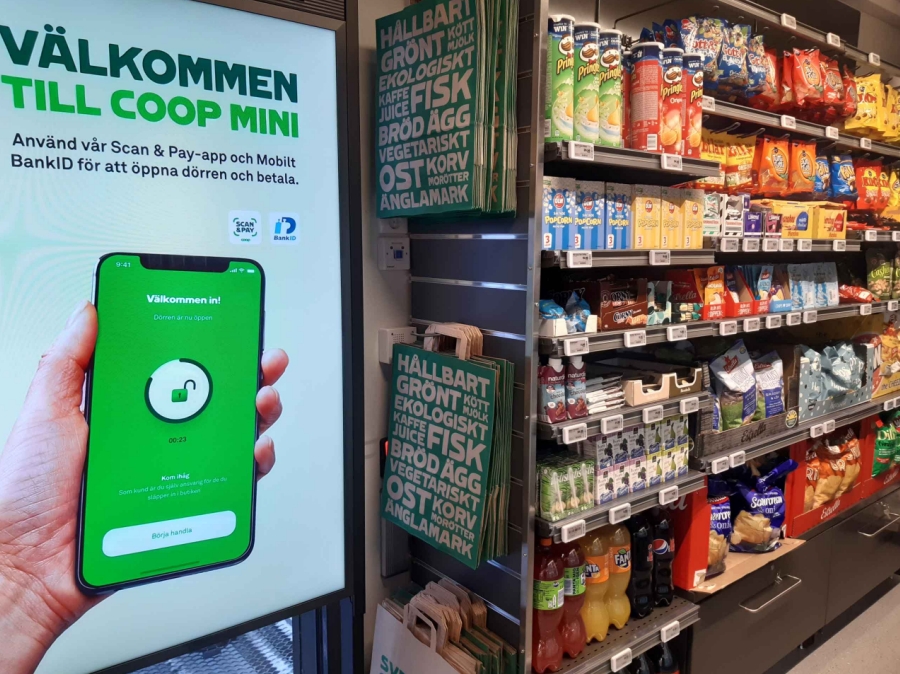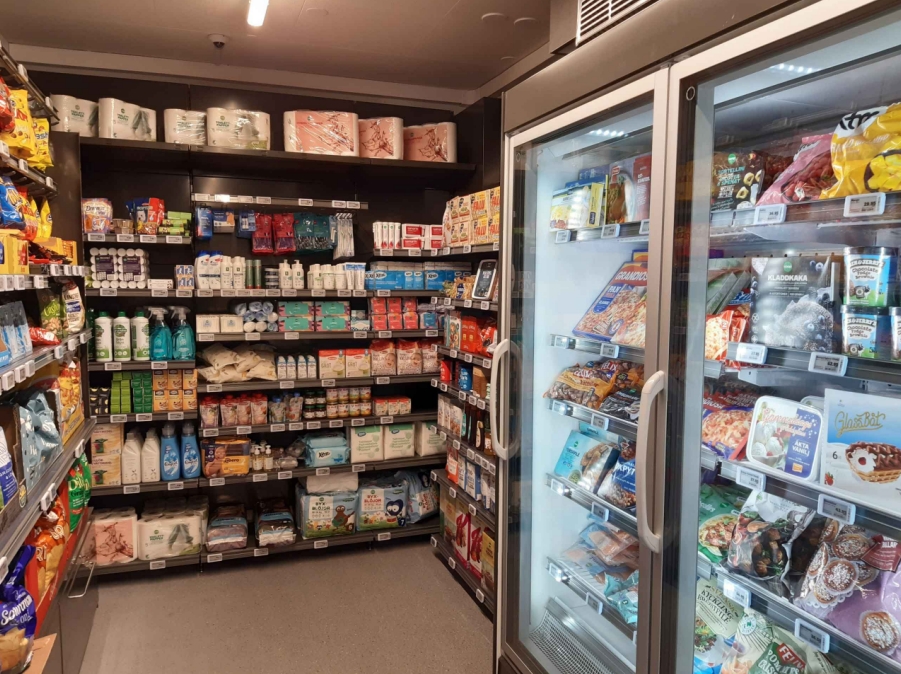As technology continues to advance and digitalization becomes more widespread, electronic price labels are gradually drawing the attention of small supermarkets. These labels, a modern pricing solution, offer several advantages over traditional paper tags, including real-time updates and easier management. However, whether small supermarkets should adopt electronic price labels is still a topic worthy of deeper discussion.

Small supermarkets and convenience stores generally cover an area of around 50 to 100 square meters. These stores prioritize convenience and typically carry only essential, everyday items. Compared to large supermarkets, the product range is limited, and the staff responsible for stocking and replenishing products tend to be fixed and familiar with the store.
Given these factors, the common argument from store owners is not that electronic price labels are unaffordable, but rather that paper tags seem to have better cost-efficiency. But is this really the case?
For many small business owners, the decision to stick with paper price tags is not necessarily due to the inability to afford electronic labels. Instead, it’s because, in the short term, paper labels appear more cost-effective. Small retailers are often cautious about initial investments, preferring to allocate their limited resources to areas that will yield immediate returns.
However, as time goes on and their business grows, small supermarkets might benefit from reconsidering this stance. Although paper price tags are inexpensive initially, their management and maintenance costs can accumulate over time. In small stores with limited personnel, manually changing paper price tags demands extra time and effort. As product variety increases or prices fluctuate, the need to frequently replace paper tags adds to the workload, increasing the likelihood of pricing discrepancies or errors.
In contrast, while electronic price labels involve higher upfront costs, they offer substantial long-term savings by enabling automated updates, remote management, and real-time pricing adjustments. These smart labels not only reduce human error but also allow stores to respond quickly to market changes, significantly improving operational efficiency.

The primary advantage of electronic pricing labels is their ability to provide real-time price information. In the traditional paper-based system, when prices change, employees must manually replace each tag—a time-consuming process prone to mistakes. Electronic price labels, on the other hand, can be updated directly from a centralized system, ensuring price consistency across the store and drastically improving efficiency.
Additionally, electronic price labels can facilitate more precise pricing strategies. For example, they allow for dynamic pricing adjustments based on time of day or during promotional events, helping small supermarkets better meet market demands.
In conclusion, while the initial investment in electronic price labels may seem high for small supermarkets, the long-term benefits in terms of cost savings, efficiency improvements, and operational accuracy make them an option worth considering.